In recent days, most areas across our country are experiencing the most severe heat wave in history, with temperatures ranging from 37 to 40 degrees Celsius, and in many places above 40 degrees Celsius (According to the National Center for Hydro-Meteorological Forecasting on May 6, 2023).
Information from the 108 Military Central Hospital said that the Internal Resuscitation and Anti-Poison Department received a case of a young man diagnosed with heat stroke with organ damage.
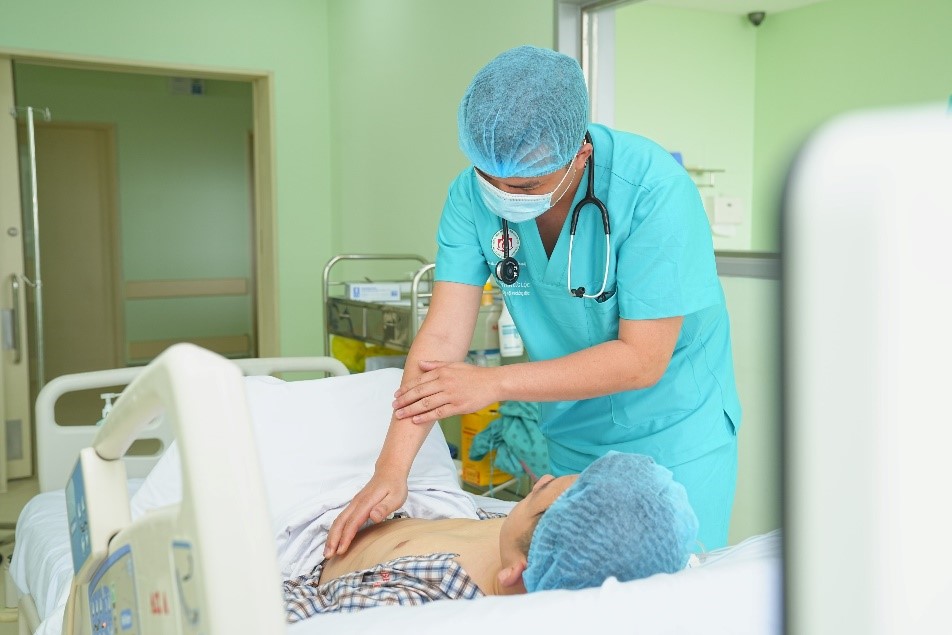
Heat stroke patient due to hot weather must be rushed to the emergency room (photo TL).
The patient is a 29-year-old male, transferred from Thach That District Hospital, Hanoi with a diagnosis of heat stroke with organ damage (liver, kidney, hematology).
The patient was transferred to the Department of Internal Medicine and Anti-Poison, Intensive Care Center, 108 Central Military Hospital on May 22, 2023.
According to the family, after jogging about 5km at 5pm, the patient felt dizzy, lightheaded, and hot all over, then quickly fell into a coma and was promptly taken to the emergency room by his family.
The patient's test results showed increased muscle enzyme creatinine kinase (CK) 1,080,000 U/l; increased liver enzymes GOT 1800 U/l, GPT 14000 U/l; renal failure with reduced glomerular filtration rate of 50 ml/min; thrombocytopenia 84 G/l, decreased blood clotting function, prothrombin percentage (PT) 55%.
During the treatment, the patient was given temperature control, intravenous fluids, electrolyte replacement, and other active medical treatments. After more than a week, the patient's organ function improved, and he was discharged from the hospital without any sequelae.
In the above case, the patient was fortunate to receive timely and proper emergency care, thus avoiding unfortunate consequences. However, heat stroke on particularly hot days always poses many potential dangers.
Doctor Pham Dang Hai - Deputy Head of the Department of Internal Medicine and Anti-Poisoning said: "Heat stroke can be divided into two types: classic heatstroke and exertional heatstroke.
Classic heat stroke often occurs in the elderly, people with weakened bodies, children, people with cardiovascular disease, neurological disease or endocrine disorders, often occurring after passive exposure to a high temperature environment for many hours or days;
Exertional heat stroke, which occurs in young, healthy people with normal thermoregulation, occurs after exposure to elevated ambient temperatures and concomitant heat production during exercise or exertion.
Heat stroke damages multiple organs including the central nervous system, respiratory system, circulatory system, liver, kidney and hematology system, causing rapid multiple organ failure if not treated promptly, even death.
Therefore, understanding knowledge about heat stroke, early warning signs, timely first aid as well as heat stroke prevention is extremely important, helping us reduce the rate of illness and death.
To prevent the risk of heat stroke during hot days, people need to pay attention to some signs that help people recognize heat stroke early, including impaired consciousness: Coma, seizures; respiratory disorders: Difficulty breathing, respiratory failure; cardiovascular disorders: Arrhythmia, hypotension, oliguria, accompanied by fatigue, headache, red face, possible vomiting, diarrhea, body temperature above 40 degrees Celsius, hot and dry skin.
To be timely, immediately lower body temperature and support organ failure are two core things in emergency and treatment. Emergency personnel need to take the patient out of the hot environment, move to a cool, shady place, remove clothes, immediately lower body temperature by placing the patient in a cold room of 20 - 22 degrees Celsius and fanning.
Pour cold water 25 - 30 degrees Celsius on the patient or cover the patient with wet, cold gauze 20 - 25 degrees Celsius and fan. The patient can be immersed in cold water 20 - 25 degrees Celsius, with the head above the water, and closely monitor vital functions.
Apply ice packs to the groin, armpits, and neck.
Cooling the patient by all means should be done, but should not hinder the transport of the patient to the nearest medical facility. This can be done by air-conditioned vehicle or with the windows open, while transporting and cooling the patient.
For children, the elderly, people with underlying medical conditions such as cardiovascular disease, respiratory disease, endocrine disease, metabolism, and physical exhaustion. From there, there are appropriate preventive measures and training plans. When there are risk factors, do not exercise in extremely hot weather conditions.
Encourage mass organizations to have programs to widely disseminate signs, symptoms and risks of the disease to help with early diagnosis and treatment.
Each individual must train themselves to adapt to the heat, schedule physical exercise during cool times of the day, and reduce physical activity when the weather is too hot.
In cases where people are forced to work and live in hot weather, they need to drink enough water and salt, cover their bodies by wearing loose, light, airy, and light-colored shorts, wear a wide-brimmed hat, and use sunscreen.
Source






![[Photo] Binh Trieu 1 Bridge has been completed, raised by 1.1m, and will open to traffic at the end of November.](https://vphoto.vietnam.vn/thumb/1200x675/vietnam/resource/IMAGE/2025/10/2/a6549e2a3b5848a1ba76a1ded6141fae)






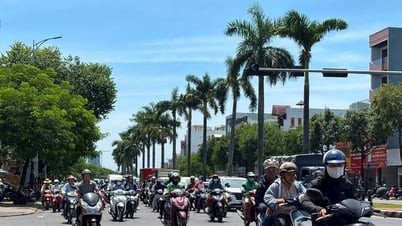
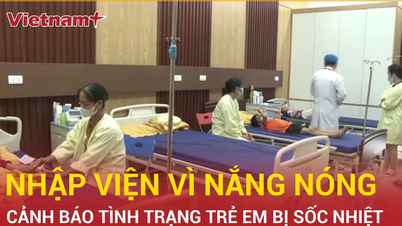

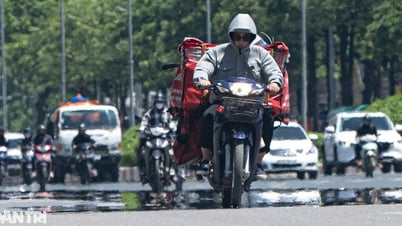



![[Video] Ministry of Health issues document to rectify medical examination and treatment work](https://vphoto.vietnam.vn/thumb/402x226/vietnam/resource/IMAGE/2025/10/2/54913f30a9934e18bcbb246c2c85f11d)




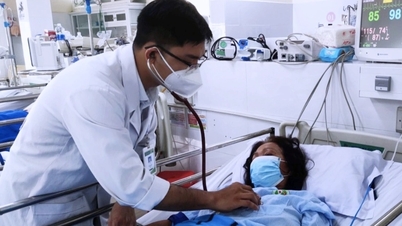










































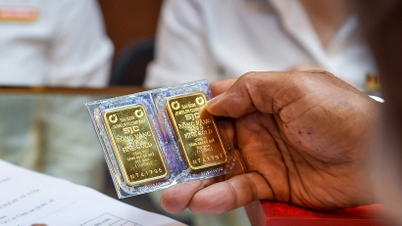
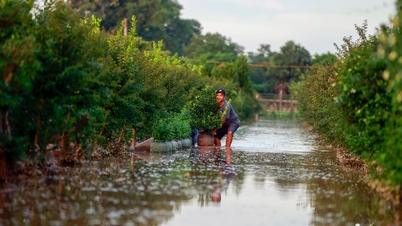



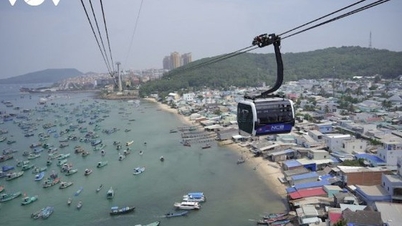

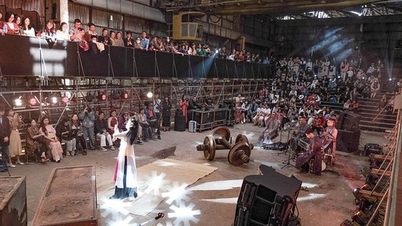

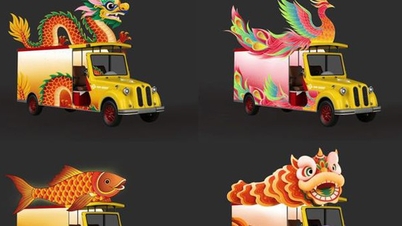





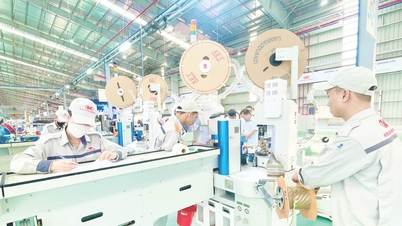



















Comment (0)